THE ALPACA DIFFERENCE: A MATERIAL COMPARISON OF NATURAL FIBERS
Alpaca wool is a beautiful, soft, and durable fiber used for making warm and comfortable garments. Alpaca fibers also tend to be softer and easier to tolerate for those who find sheep’s wool to be scratchy and uncomfortable. Angora and mohair are similar fibers to the alpaca, but each has unique characteristics that set it aside from the rest. Let’s take a look at what sets alpaca apart.
Alpaca
Alpaca hair is a soft, lightweight, strong, and non-flammable fiber. It’s softer, warmer, and more durable than sheep fibers, and its natural hypoallergenic properties make it a great option for those allergic to wool. Alpaca is also less prickly on the skin and absorbs fewer odors than other fibers. There are two distinct breeds of alpaca, and they can produce more than 20 different natural colors of fleece. Alpaca fibers do not pill and can be used to create resilient garments.
Angora
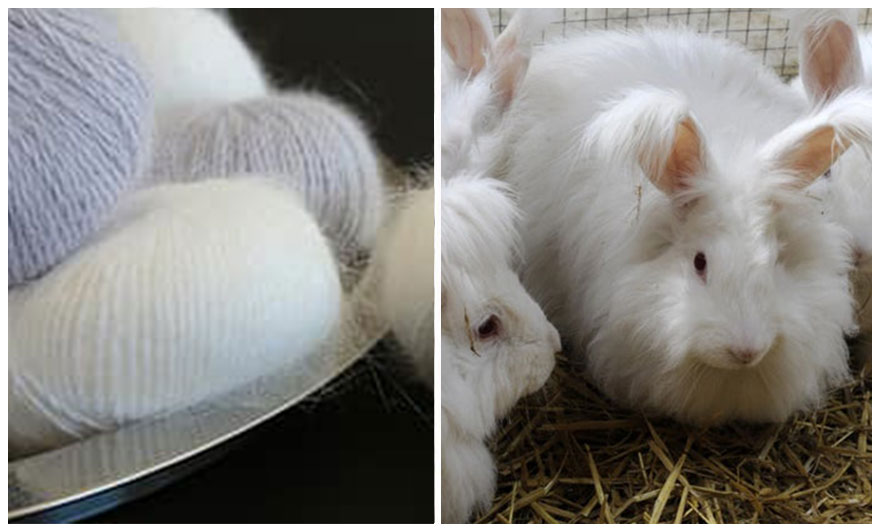
Angora wool is produced by the Angora rabbit. These fibers are hollow and light and have effective moisture-wicking capabilities. Angora is also great at retaining heat. Unlike alpaca fibers, angora is rarely used to create a fabric as its fine, soft fibers are very fragile. Angora fibers are often blended into other wools to soften and lighten them. Angora tends to be more expensive than alpaca and sheep’s wool as it takes many more small rabbits to make a garment than it does a sizable sheep or alpaca.
Mohair
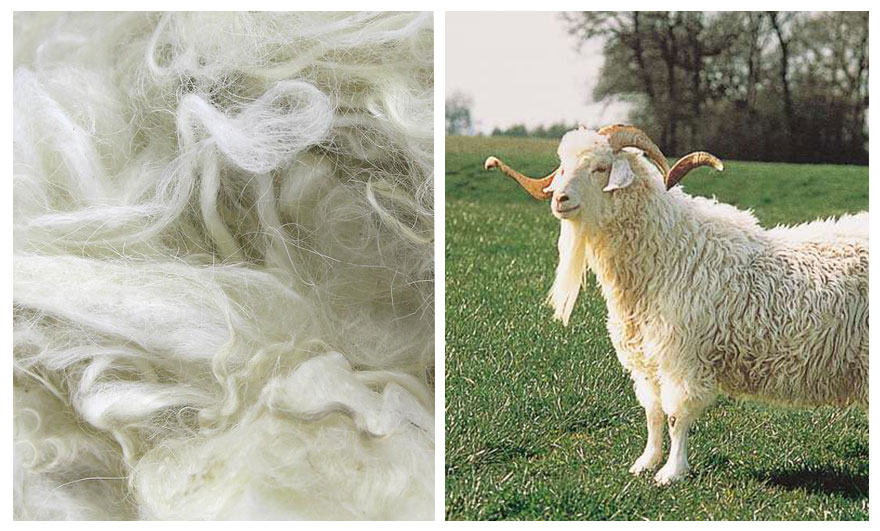
Mohair is made from the hair of the beautiful, long-haired Angora goat. This fiber is durable, resilient, and well-known for its shiny luster. Mohair is often blended with other fibers to add sheen and can be easily dyed other natural or unnatural colors. Mohair consists of fibers that are non-flammable, crease-resistant, and durable. Mohair also tends to be more expensive than alpaca or wool and is considered a luxury fiber.
Wool
Wool is different from alpaca fibers as the shaft of each hair consist of pointed scales, which is often why it feels prickly to those with sensitive skin. Sheep’s wool also contains lanolin, a natural waxy substance that other fibers do not. Unlike alpaca fibers, sheep’s wool fibers are moisture absorbing. These fibers are also flammable, but they ignite at a higher temperature than some other synthetic fibers.
Cashmere
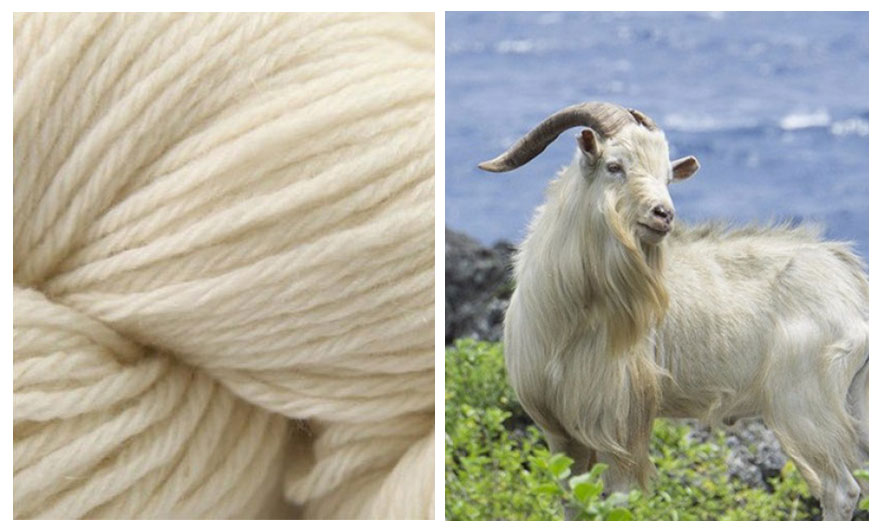
Cashmere fiber for clothing is obtained from the neck region of cashmere goats and is known for its excellence for heat insulation. There are two coats of the Cashmere goat, consisting of a fine undercoat and a much coarser outer layer of hair called “guard hair”. The difference between cashmere and alpaca wool is that this undercoat must be processed further to de-hair the coarse fibers. The most popular production uses for cashmere include being dyed and spun into yarns that can be used for knitting hats, gloves, and socks.
Each of these fibers is unique, offering different strengths and weaknesses, but if you focus on your personal comfort, you can’t go wrong.

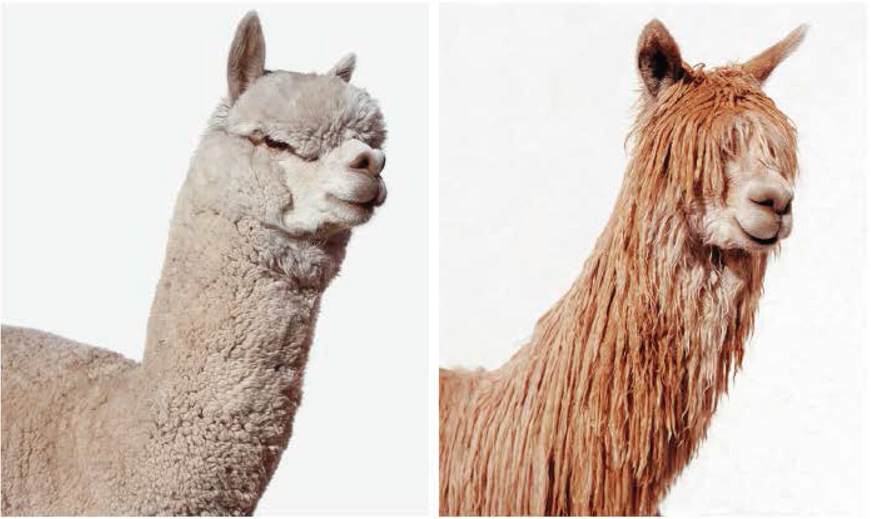
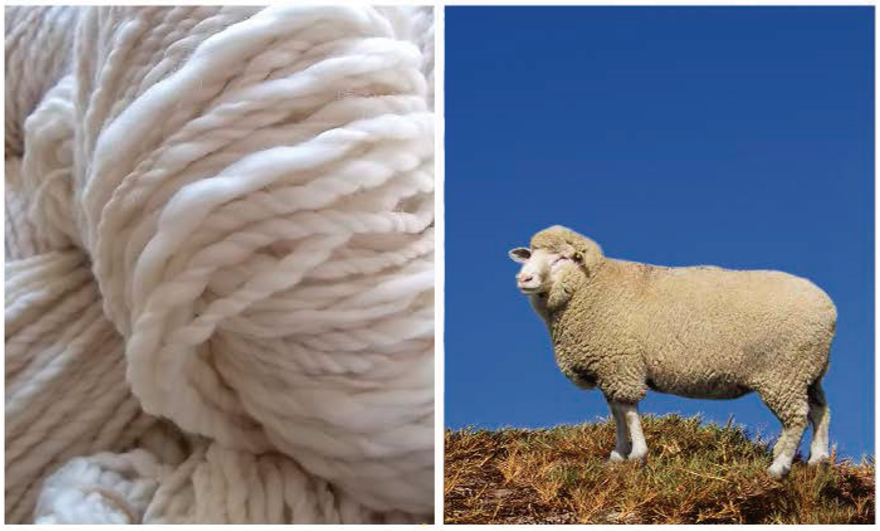
Comments
Leave A Reply
Your email address will not be published.